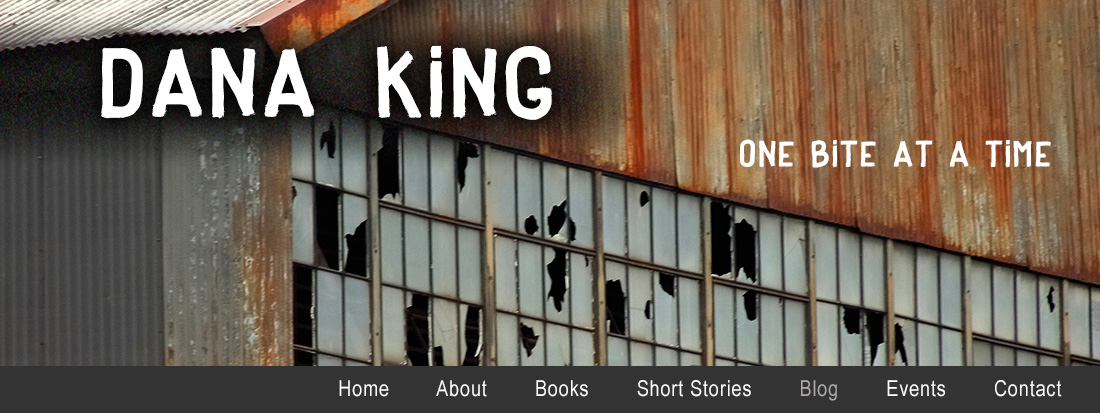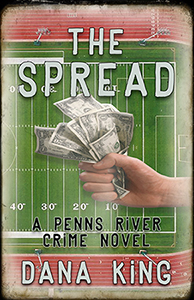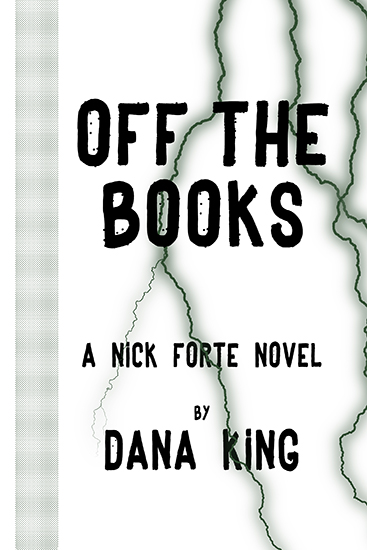The first draft of the work-in-progress is as done as it’s
going to get.
Let me explain.
There is a chapter—maybe two—I might decide to add. One, almost
certainly. I know where it belongs; I know what has to happen. What I don’t
know well is the context, as the idea came to me when I was well down the road
from its eventual residence. I could read the preceding chapters and knock it
out now, but that seems inorganic compared to my approach so far, and all my
good feelings about this first draft derive from trusting the new process of
letting things flow as much as possible when I sit down to write. When the time
comes I’ll pause—knowing what’s to come—and let it roll. Worst case, I have to
rewrite it. Or throw it away. Even throwing it away would show I have enough
confidence in what I have to know what doesn’t fit.
Back to the first draft. I’ve been posting about my process’s
evolution, and how I think it’s for the better. So far I have no reason to
change that assessment. It’s possible I might when I come back in a few weeks for
a fresh look and find it’s a steaming mass of covfefe. The big thing is I’m not
worried about it.
“Worried” might be too strong a term for how I often feel
during revision. It’s a sense of how much remains inadequate, all the things I
was unhappy with in the first draft but left in because that’s what first
drafts are for: digging up the raw material the edits smelt into something
useful. I still have all of that to do. What’s different is I’m looking forward
to it. I’ll approach the edits the same way I did the first draft. Try not to
think about them until right before I go into the office to write, when I’ll
sit quietly for anywhere from two to twenty minutes to let my mind sort itself
out. Then I’ll go in and see what needs to be better.
The first pass at revision won’t improve the writing much. That’s
fine. The purpose is to smooth out the story so it flows. Get the pacing right.
Scenes in the right order. Cut what I don’t need. Scrivener is good for that.
The next revision is where the real writing takes place.
I’ll export everything to Word and give it all a hard look. Does it flow? Does
it have the tone I want? Does the humor work? Does the violence work? Is there
enough description? Too much? Does the description detract from the pace? Does
the dialog fall on the ear how I want? It’s still the same attitude as the
first revision, though: nothing is wrong. Things just need to be better.
Then I’ll let it sit again before doing my version of line
edits. There’s a detailed and OCD process I use before I’ll let myself type
“THE END.” I tend to call it the “final” draft, and it comes after I’ve fixed
all the stuff that catches my eye. Some books it’s Draft Seven. This time it
will be Draft Four.
I used to put off sticky problems by telling myself, “You’ll
catch that in the next draft.” Then I’d keep cranking out drafts until I didn’t
say that anymore, after which I’d set the book aside before the final OCD
draft.
Not this time. This time I want to keep a little pressure on
myself. I want that turn of phrase, that banter, to be just how I like it in
Draft Three, understanding that it probably won’t be. It just has to be close.
The final pass will be to tidy things up. A proofread as much as anything else.
Will it work? So far so good.




1 comment:
Sounds like you’ve developed to the point of enjoying the editing and the rewrites. What a great way to work.
Post a Comment